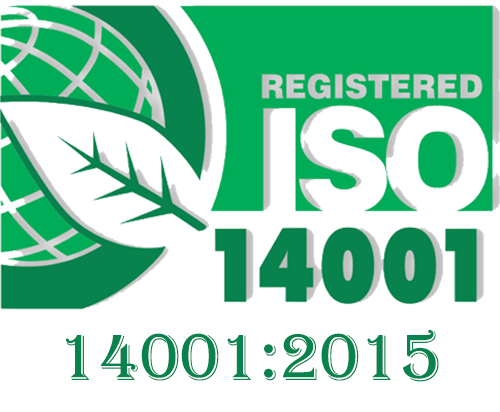
ISO 14001 Certification
ISO 14001 Certification Certification Certification

ISO 14001 Certification
ISO 14001 is an environmental management system (EMS) standard that has been published by the International Organization for Standardization. It provides a set of guidelines to incorporate environmental considerations into a company's policies, procedures, plans and documentation within the context of business requirements.
ISO 14001 gives companies a framework to show their commitment to managing the environmental impacts associated with their business activities.
ISO 14001 sets out a minimum set of requirements that, if implemented correctly, can help you ensure you are meeting your legal obligations and reduce or eliminate exposures to risk, thereby improving your environmental performance.
By following the requirements of ISO 14001, you can demonstrate that you are taking steps to improve environmental performance, ultimately reducing costs and enhancing your reputation as an eco-conscious business.
Benefits of ISO 14001: -
ISO 14001 helps organisation make a positive impact by improving your environmental performance.
ISO 14001 is a recognized standard for helping organizations manage their environmental performance to protect the environment, people, and profits.
ISO 14001 certification is to ensure that you have the right procedures in place to ensure the safe management of your company’s environmental aspects. This will help you improve on your performance, reduce costs and save time
ISO 14001 is a fundamental tool used by organizations to meet their environmental management responsibilities. It provides companies with a framework which ensures they have an integrated approach to managing their environmental impact on the planet.
How to Get ISO 14001 Certificate: -
ISO 14001 certification helps your company achieve its environmental objectives. The first step towards becoming ISO 14001 certified is to develop an environmental policy within your organization that describes how each staff member is going to make sure that their activities do not harm the environment. The next step is to develop a records management system that lists all documents related to your activities, including any plans you make in the future to prevent pollution. Lastly, it is important that you train employees on how to implement new standards, provide feedback and review current policies.